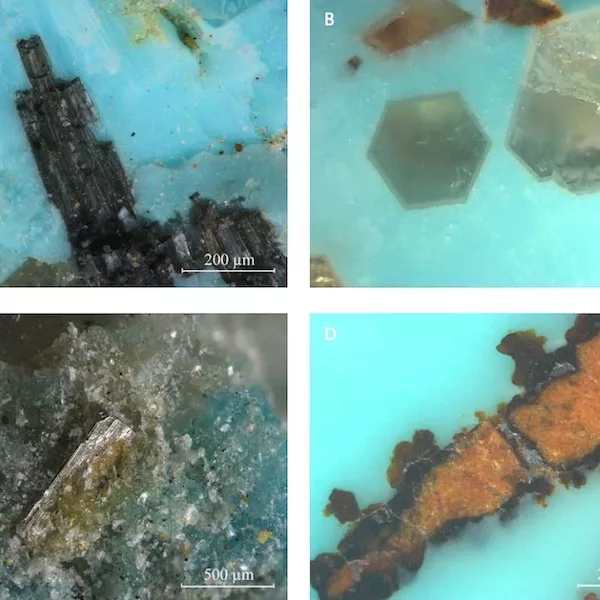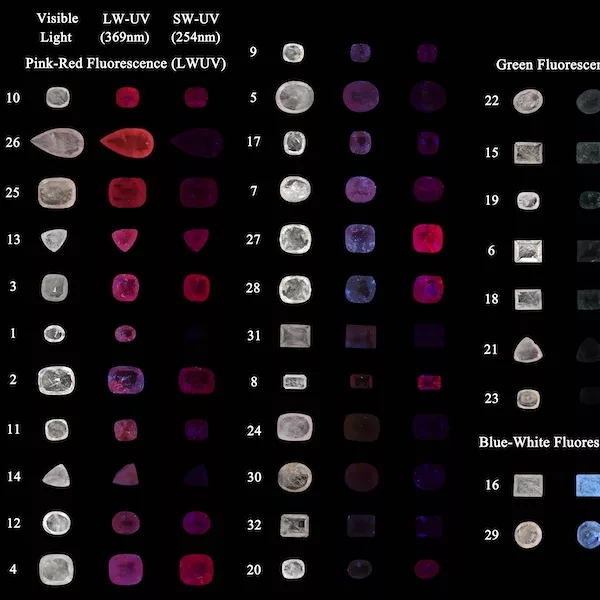Diamonds and synthetic diamonds
By Hanco Zwaan
Diamond is historically one of the most important gemstones, in terms of value, use and general appreciation. Diamonds were generally formed relatively early in the Earth’s History, deep down in the Earth’s mantle, where pressures were high enough to force carbon atoms in the dense diamond crystal structure.
This created the hardest, but also one of the most beautiful minerals around. During a long geological history, a fascinating succession of geologic events eventually led to the concentration of diamonds at or near the Earth’s surface, where they could be discovered. For a long time we know diamond as a natural mineral, being a treasure from nature, beautiful, durable and rare. However, since the 1950’s scientists first synthesised diamonds and especially from the 1990’s and the start of the new millennium, more and more companies started to produce synthetic diamonds for use in the jewellery industry, in ever increasing quantities and sizes.
Synthetic diamond is a diamond that has been crystallised artificially in a laboratory or factory. Synthetic diamond has the same physical and chemical properties as natural diamond, but has different growth structures and impurities. Synonyms of synthetic diamond are laboratory-grown diamond and laboratory-created diamond. More and more the abbreviation LGD is being used as well, which, depending on the context in which it is used, may be confusing or even misleading, and is not consistent with the ISO standard (ISO 18323), which sets the nomenclature for diamonds, synthetic diamonds and diamond simulants.
This presentation will focus on differences between natural diamond and synthetic diamond mainly in terms of growth history and conditions, and properties. It will also discuss specific equipment that will enable rapid distinction and identification.




